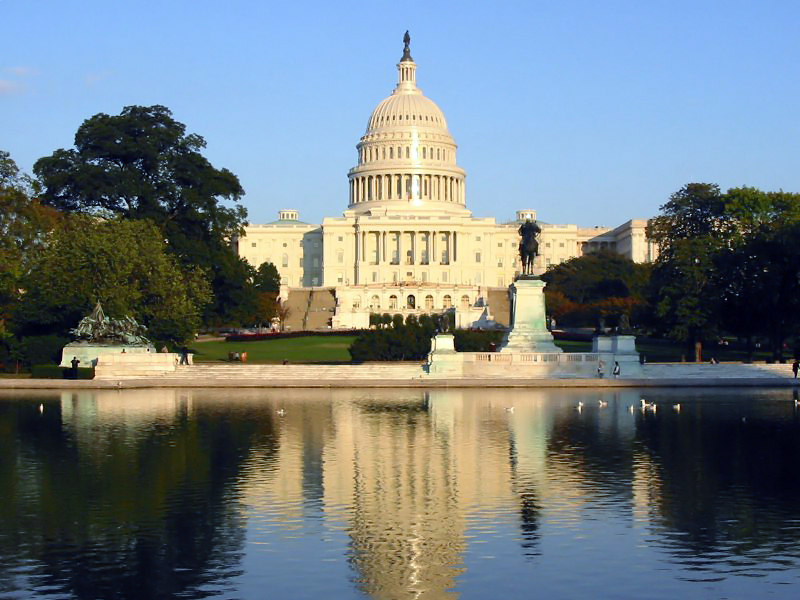Scattered Humanities Stories From DC and Around the Country
What makes the U.S. Capitol "symbolically important"? Presented with a variety of archival documents, your students can answer that question for themselves. Working in small groups, the students will uncover and share the Capitol's story. The primary sources are presented to the students as mysteries, with a challenge to tie together the information in the documents or images through research.
Our program contains an array of history and public history sessions designed to satisfy a variety of tastes. We have constructed thematic threads that will especially appeal to teachers at all levels, and we offer sessions of particular interest to those who live and work in Wisconsin as well as to those who want to understand the historical roots of contemporary issues. We have invited senior historians to offer challenging interpretive papers, and younger scholars and public history practitioners eager to try out new work.
How could the author of the Declaration of the Independence own slaves? How could twenty percent of the population of the new United States, founded on the principles of liberty and equality, live in bondage? What was life like for enslaved people in the early republic? This online exhibition uses Monticello as a lens through which to examine these questions.
The current president of George Washington University spent most of the day Thursday delivering some very good news to nine high school seniors in Washington: each of them won a full, four-year scholarship.
The Octagon is open for self-guided audio tours Thursdays and Fridays from 1:00 - 4:00 pm. The museum may be closed for private events so please call or email ahead if you are planning to visit. The following audio tours are available and may be downloaded to any mp3 player:




No comments:
Post a Comment